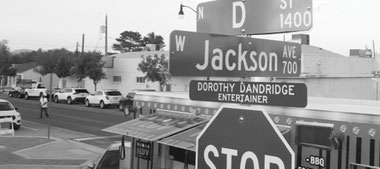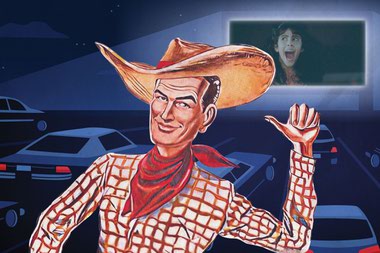
Silence Andrew Gafield, Adam Driver, Issey Ogata. Directed by Martin Scorsese. Rated R. Opens Friday in select theaters.
Set in the 17th century, Martin Scorsese’s Silence tackles the question of religious freedom in ways that make our contemporary squabbles on the subject seem downright quaint.
The film follows the self-abnegating exploits of two Portuguese priests, Father Rodrigues (Andrew Garfield) and Father Garupe (Adam Driver), who journey to Japan after hearing that a fellow priest, Father Ferreira (Liam Neeson), has renounced the faith. Neither one believes this, but both feel that they must either prove its falsehood or, should it be true, save the poor man’s soul. Upon arrival, they’re quickly found and hidden by a small group of Japanese Christians who worship in secret, as an official called the Inquisitor (Issey Ogata) is known to brutally torture anyone who venerates Jesus rather than the Buddha. Eventually, however, both of these strong, devout men wind up in the Inquisitor’s hands, forced to make impossible decisions.
This isn’t the first time Scorsese, who was raised Christian, has chosen to adapt a foreign novel that explores a crisis of unwavering faith. Unlike The Last Temptation of Christ, however, Silence, based on the book by Shûsaku Endô (published in 1966, and first optioned by Scorsese way back in 1989), isn’t sparking controversy from the born-again crowd (though others have criticized the film for depicting priests as noble victims, ignoring atrocities that have been carried out in Christ’s name). Mostly, that’s because the questions it raises are genuinely unanswerable. We can all admire a person who refuses to deny what he or she believes, even in the face of torture or death. But are one’s ideological principles more important than the suffering of others? If committing a symbolic act of apostasy will stop the agony being endured by innocent victims, and said act hurts nobody (except, mentally, the person who performs it), should it be embraced as the greater good? What would Jesus do? Is it sheer hubris even to pose that question?
Christian emphasis notwithstanding, Silence bears less of a resemblance to Last Temptation than to Kundun, Scorsese’s 1997 biopic of the 14th Dalai Lama. The tone is contemplative enough that some might find the first half, prior to Rodrigues and Garupe’s capture, a tad sluggish; unlike, say, the propulsive Wolf of Wall Street, this movie truly makes you feel its (nearly) three hours. Scenes of torture, while never very explicit, might nonetheless be too grueling for the squeamish. Those who hang in there, however, will be rewarded with a sincere, heartfelt examination of faith’s limits, or lack thereof. (The final image will be seared into your brain.) Though explicitly a religious story, it will resonate with anyone who possesses any sort of core belief—something without which life wouldn’t seem worth living. Could you in fact live without it? According to Silence, yes and no.







